I got a new student, skimmed through his articulation goals, and ran and picked him up for speech therapy. Never knowing how accurate old goals are, I asked him to tell me the story from his favorite book – Clifford. I then stood up, walked over to my desk, took a long swig of coffee, and stared at him stupefied. What on earth did he just say? Was that even English or Spanish? Take a look.
I thus began a long journey into Inconsistent Deviant Phonological Disorders (IDPD) that resulted in this:
I love the fact that he is wearing the same shirt because when I give presentations on this topic it makes me look like I am a 20 minute miracle worker. The fact is, it took me about 2 months and that just happened to be his favorite Spiderman shirt that he always wore.
Low Speech Intelligibility: AKA – Inconsistent Deviant Phonological Disorders (IDPD)
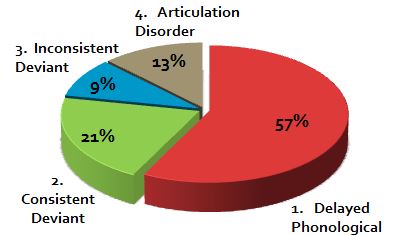
- Inconsistent – Not a pattern
- Deviant – Not a phonological process that we should have ever seen
- Phonological – Rule based
- Disorder – Limiting condition
A.k.a – mushmouth
These are the children who are highly unintelligible and their productions are inconsistent. If you ask them to say WHEELBARROW you may get SNEFARROW and if you ask again get PEELJARREL. However, at the sound level they can be 100% accurate. Broomfield & Dodd (2004) found that these children can make up 9% of the students that we see.
How to Improve Severely Low Speech Intelligibility
After beating myself up a good deal for not being able to help this student and several failed attempts at articulation therapy and phonological approaches, I finally found the answer I needed: The Core Vocabulary Approach. Here is what it looks like and how I helped another student.
The Core Vocabulary Approach
- Choose 50 words that are highly important to the student and to the student’s environment. These words should be used A LOT. Here is an example of what we focused on. The student gets a say in what’s important, the teacher gets a say, and the parents get to choose some words. Notice that this is a dual language student so we chose from Spanish and English.
- Achieving consistency is paramount. Establish consistent productions at any level and build their consistency up to the word level. This means we even accept errors if the errors grow to be consistent.
- As words become clearly spoken, we move them off of the list and add some new.
- The list always stays at 50 words.
- Some teachers have created binders where the words move over to “success areas.” Some teachers have added success areas to their word-wall in the classroom.
- Stick with the list and use it to take data to see what to keep and what to has become intelligible.
Let’s take a look again.
Hopefully now you can see why traditional phonological approaches and articulation approaches failed. They weren’t addressing the underlying problem with children with severely low speech intelligibility: consistency.
Great Additional Resources to Treat Low Speech Intelligibility
Success with Speech Sound Disorders
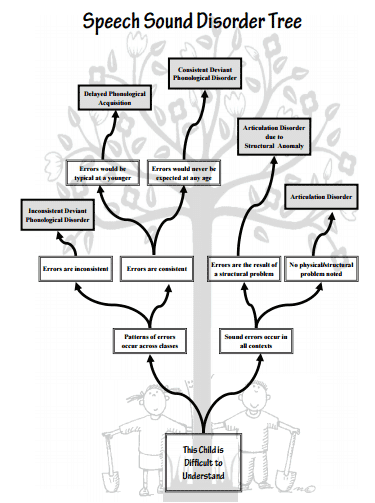
Articulation Station – Little Bee Speech
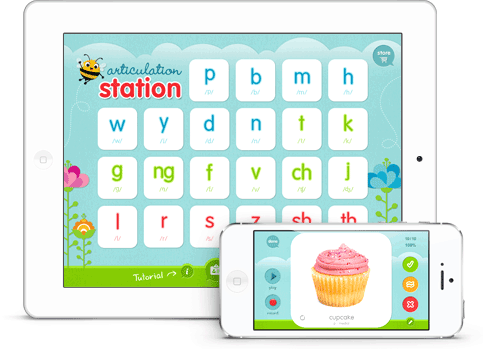
Why are we excited? They just released a Spanish version too.


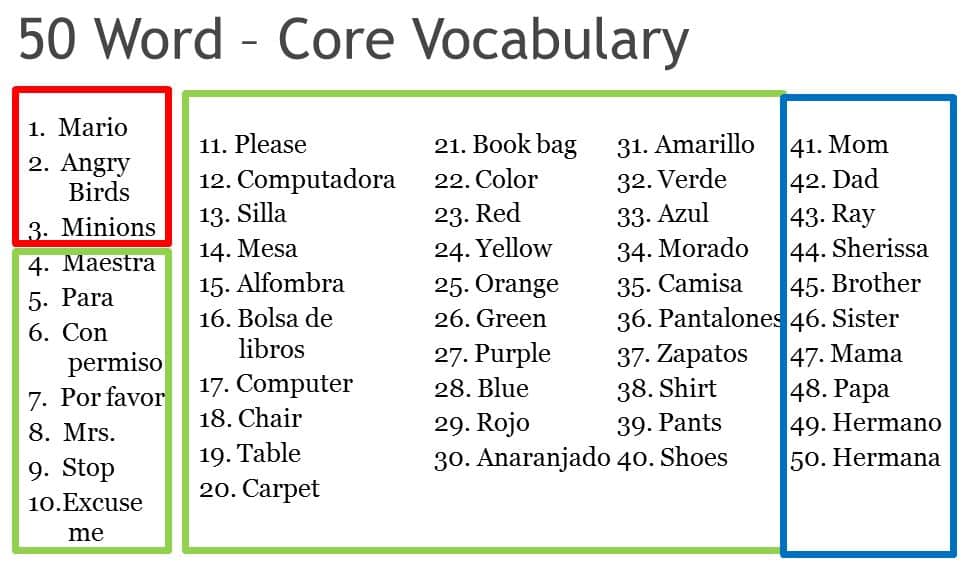
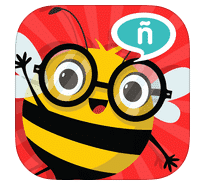

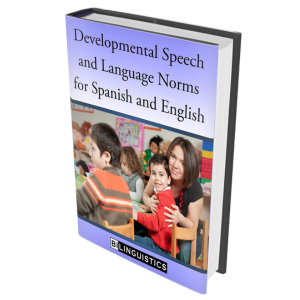
Very interesting! And whe are little bee releasing their app in French? ?
The less common languages are always slower to be developed. Contact them to see if they are working on it. Until then, we have a chapter on French in Difference or Disorder? that helps identify the sounds you should be focusing on. Check out the video in the link.
I just got the Little Bee Articulation Station app in Spanish and absolutely love it!
I’ve been using a similar technique for several years! My targeted speech list is of words that include: student’s name, family names, teacher’s name, pet ‘s name, classmates, other friends, favorite foods/toys, and any other “personally relevant” words that I note during connected speech samples that I gather informally/regularly. My training hierarchy is modeled words, responsive words, sentences, connected speech.
Definitely! And great ideas. Not all unintelligible speech should be treated alike. This speech sound disorder tree from the resource library helps identify which type of articulation problem you are dealing with and then there is a Speech Sound Disorder Description Chart that have been shown to be effective. The CEU course highlighted in the post shows how to use the two together if more info is needed. Thanks for your response!
Great post, thank-you! I have been using this with much success for three years with preschool and kindergarten children. Once the phonological system is stabilized, I have then returned to using other aspects of articulation and phonological therapy. Here’s a post I did on this approach a few years back.
Thank you for sharing your article. So much more focus is needed on dividing up different speech issues. I am from Wisconsin too. Hope you have a warm summer.
Interesting post! I’m a diagnostician and recently wrote goals for a preschooler who presented with inconsistent phonological disorder after finding McIntosh & Dodd’s 2008 article outlining their Core Vocabulary intervention. I was particularly interested in how they recommended avoiding direct imitation in therapy since the child needs to develop and strengthen their own phonological plan. Did you find that was an important aspect of treatment with this little guy? I’m eager to follow up with my case once he’s received some therapy in the fall!
Hi Sarah, Great use of the idea. I don’t know specifically about their study but I do know that spontaneous productions vs. repetition are both acceptable during speech testing as long as we annotate well how we got the response from a child. These two levels of support should be seen as two adjacent, non-competing steps in progress. Often times children can’t say the sound but can with a model/visual cue. We start with an imitation and then graduate up to independence.
One place where our field can improve is on our description of “support.” We will see goals such as “will say/do X in 7/10 opportunities with no/minimal/moderate support.” When you get that paperwork you rarely have any idea what that support is and you start from scratch.
How exactly do you get them to say the target words correctly when you are not working on specific sounds ? Also how can you generalize this into sentences
Hi,
Hi,
I am glad that you got out of it that you are not focusing on sounds. You can break the words into syllables (cli-ford) and slow them down (cllliii-ffffoooord) until you get consistent repetitions. Note that you might get misproductions with the class of disorder which is alright at first because you want consistency (cliPord).
On your second question, generalization into larger utterances takes time. With the student in the second set of videos, he eventually got up to 3, then 5 words but we moved slowly across the school year. Remember that the goal is consistency. You have to wait until a sound is consistent at a level before moving up.
Do check out the Speech Sounds Disorder Course linked above to learn more.
Regards,
Scott